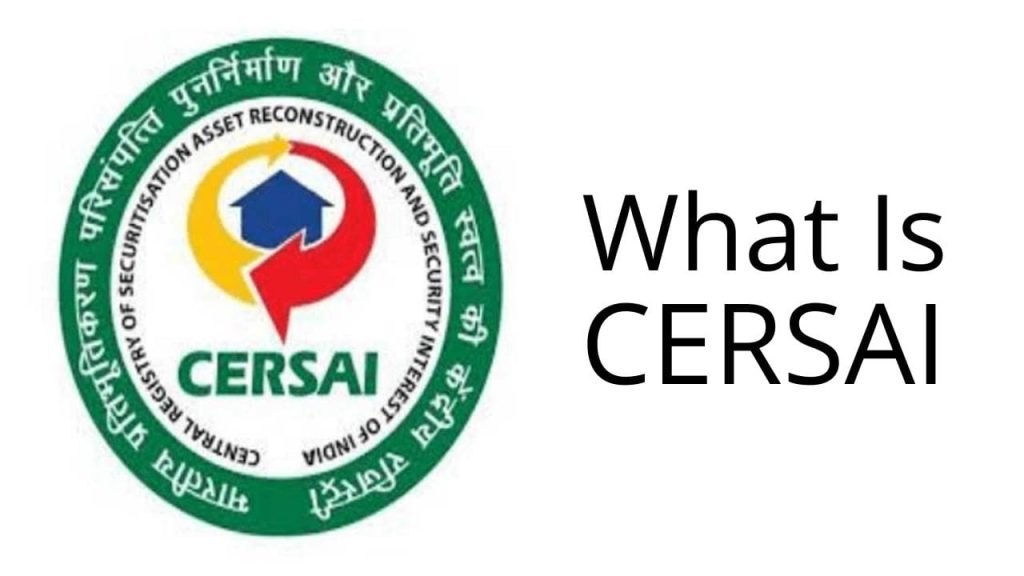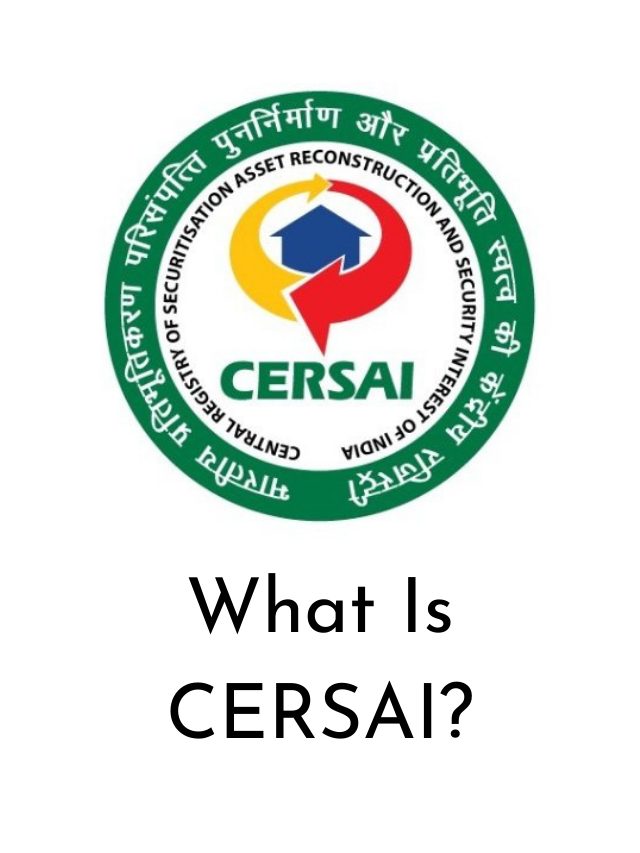CERSAI is an acronym for Central Registry of Securitisation Asset Reconstruction and Security Interest of India. The Central Registry of Securitisation Asset Reconstruction and Security Interest of India or CERSAI was established to restrict misconduct in lending activities towards equitable mortgages.
CERSAI was formed as a company by the Government of India pursuant to section 8 of the Companies Act 2013.
CERSAI was created to detect and monitor fraud in loan transactions against fair mortgages. In short, it was developed to deter and prohibit the practice of borrowing separate loans from a number of banks using the same asset or property.
Prior to the creation of the CERSAI, the particulars of the property lay exclusively with the creditor as well as the lender. The explanation for it was the disorganized registration scheme that was in operation at the time.
As a result, separate loans will be lent from a variety of banks using the same asset or property. These loans were secured from banks using fake securities or other questionable ways of emulating the original deed. Sadly, these assets or properties were later sold to real investors with outstanding debts already tied to them. At the end of the day, it put prospective investors in a soup due to a complete lack of knowledge on the existing liabilities of the property/asset.
CERSAI Registration Procedure

- Registration with CERSAI could be started mostly on verified CERSAI website.
- The individuals seeking registration will be needed to sign out the application form accessible online on the CERSAI site underneath the ‘Entity Registration’ option.
- The individual must have the Digital Signature Certificate (DSC) in order to have access to the CERSAI portal and to fill out the necessary information.
- Now that all the details needed for registration have been entered, it must be printed and signed by the approved signatory.
- These written forms, together with all related documentation as specified in the type, must be submitted to the official address of CERSAI.
Accessibility
Any bank, financial institution or individual may enter the CERSAI registration portal at a certain cost. Through registering with CERSAI, lenders may gain insight into an asset or property to verify if a prior protection interest has been generated by a different lender (banks, financial institutions, etc.) in the past. Normally, this is achieved before a loan is approved by the creditor.
Main objectives of CERSAI
- To combat such dishonest and questionable practices, the CERSAI was created with the primary aim of facilitating a consolidated register of fair mortgages.
- It requires financial institutions and banks to record all transactions related to the securitisation and rehabilitation of assets.
- The scope of CERSAI was further expanded in 2012; it was expanded to cover the registration of all security interests generated by the assignment of factoring or receivables.
- In recent times, the scope of CERSAI has been further expanded to cover the registry of any security interests generated on properties not deemed to be tangible assets and all forms of mortgages prevailing in India.
This registration includes all related material on loans or mortgages which have been made out of a property or estate. In addition, the registration also includes all the relevant details about the lender that approved the loan on the asset or land, as well as details on the borrower of the loan.
According to the Central Government guidelines released with respect to the sanctioning of loans by banks and other financial institutions, the lenders of the loan are required to register with CERSAI with all details relating to security interests that have been generated on any asset or land. Such registration shall be performed within a period not exceeding 30 days from the date of the establishment of the security interest.
How To Download CERSAI KYC form?
The Central KYC Record Registry, which began functioning in 2016 and serves Reporting Entities (REs) of all 4 significant financial sector regulators, namely the Reserve Bank of India, the Securities and Exchange Board of India, the Indian Reserve Bank of India, and the PFRDA. To date, more than 35 crore KYC records have been stored in the CKYCRR, as well as the increasing volume of KYC records being uploaded and retrieved by REs from the repository demonstrates the advantage and convenience that this repository had brought to both REs and their clients.
The Security Interest Registry, which was established in 2011 and began with the filing of Security Interests in Immovable Property, has now grown into a comprehensive registry that includes security interests in immovable, movable, and intangible assets, as well as the allocation of receivables. To offer a full view of any restricted or attached asset, this now enables access to all types of creditors as well as the ability to file attachment orders and court rulings, allowing for the filing of attachment orders and court orders. The value of the Security Interest Registry, as well as its impact to the country’s Ease of Doing Business (EoDB) score underneath the sub-head Getting Credit, has indeed been widely recognised and acknowledged.




